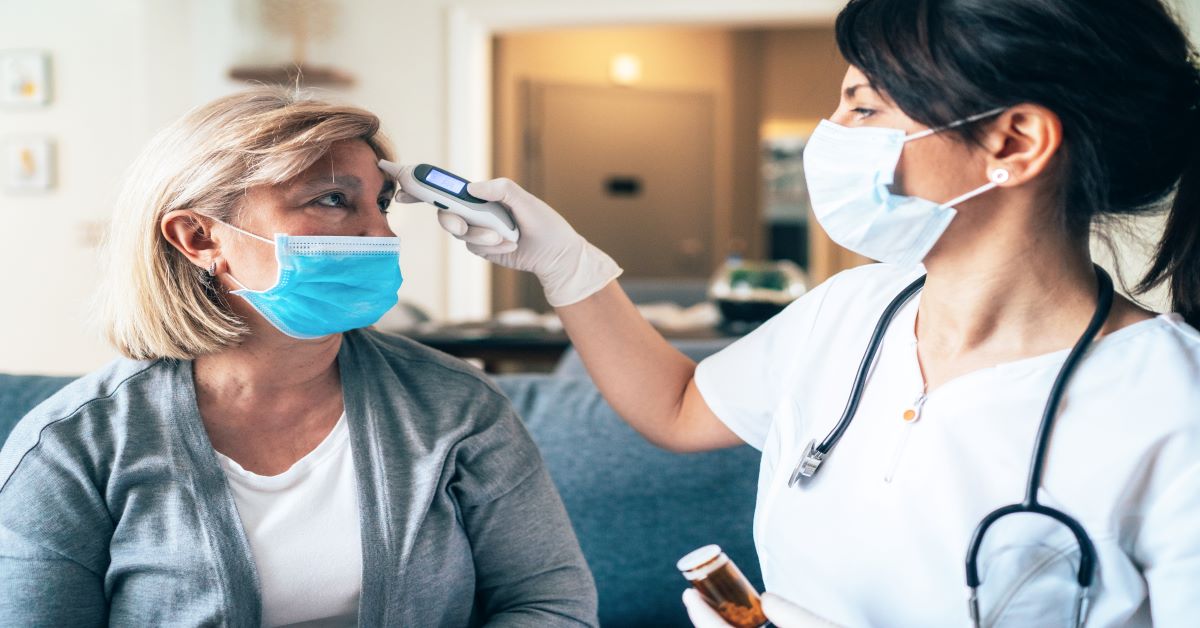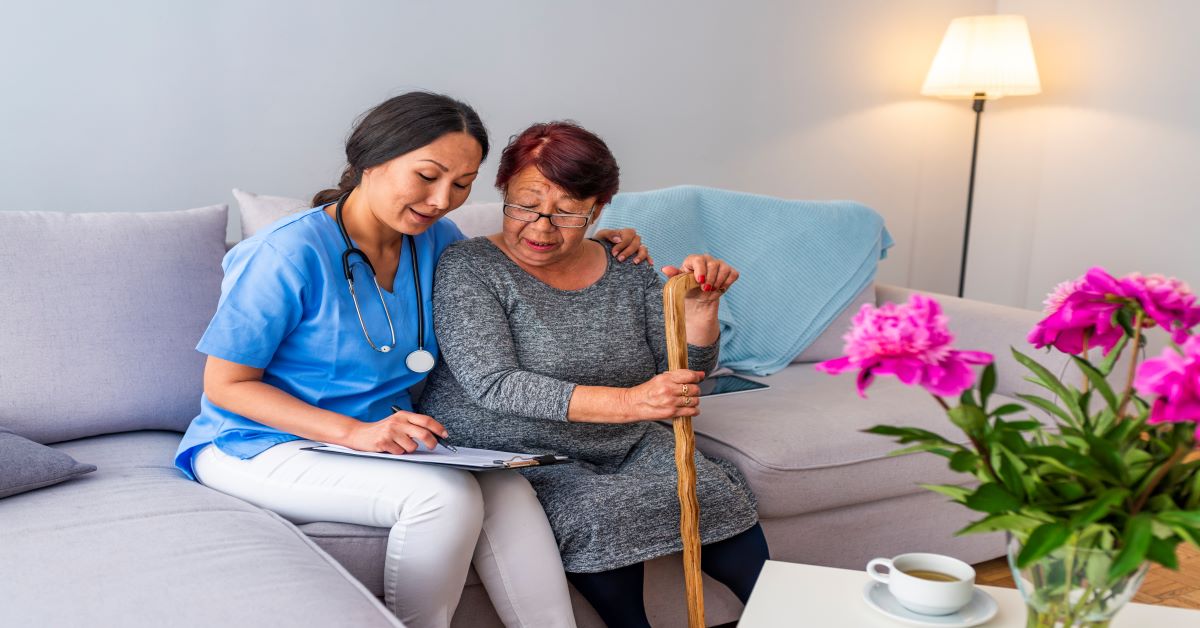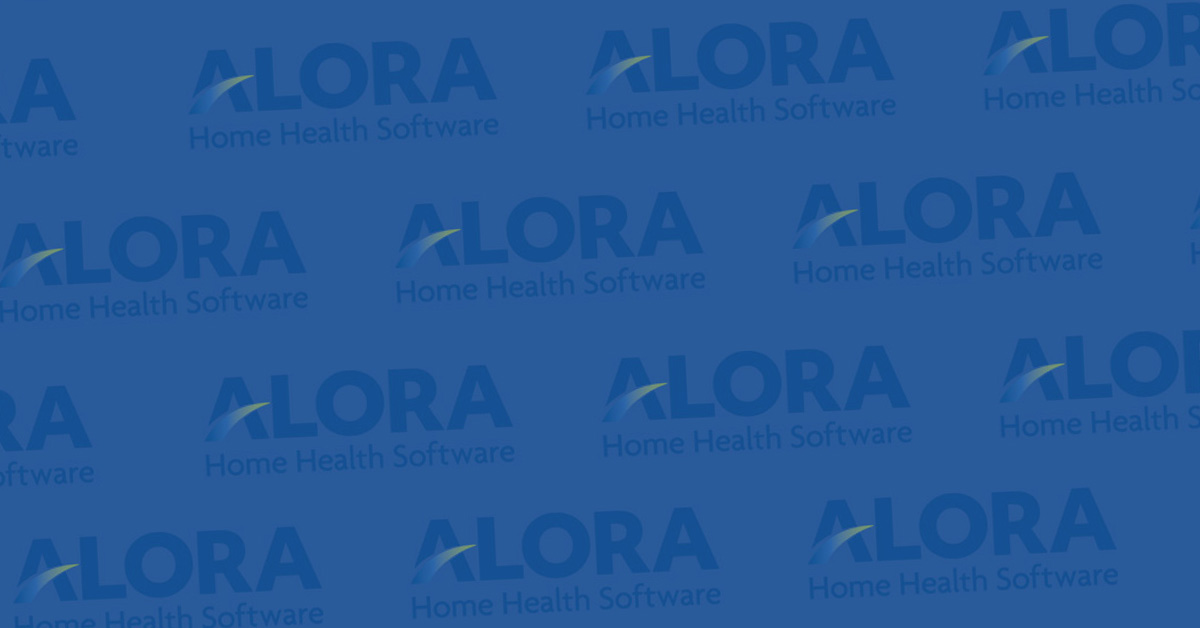07 Aug Approved EVV System
Choosing EVV Software
 As the 21st Century Cures act moves to the forefront of home health agency staffs, many agencies find themselves trying to prepare for the inevitable. According to their official website www.medicaid.gov, all U.S states are required by law to implement an approved electronic visit verification system for all Medicaid-funded personal care services by January 1, 2020, and home health care services by January 1, 2023. Any non-compliant states will face financial penalties unless they have an authentic delay reason or burden which prevented their compliance. To meet state requirements, when selecting a software vendor for EVV compliance, agencies performing personal care and home health services need to be sure to do their homework.
As the 21st Century Cures act moves to the forefront of home health agency staffs, many agencies find themselves trying to prepare for the inevitable. According to their official website www.medicaid.gov, all U.S states are required by law to implement an approved electronic visit verification system for all Medicaid-funded personal care services by January 1, 2020, and home health care services by January 1, 2023. Any non-compliant states will face financial penalties unless they have an authentic delay reason or burden which prevented their compliance. To meet state requirements, when selecting a software vendor for EVV compliance, agencies performing personal care and home health services need to be sure to do their homework.











 In the past few years, the conclusion of most experts seems unanimous that patients receiving home health care exhibit a lower tendency to go to emergency rooms and require hospitalization. This also reduces costs for the government, states, private insurers, and the patients themselves due to soaring hospitalization costs. New data digs a little further on the topic, citing that the length of the actual home health visits on a case by case basis, can actually influence the chances of hospitalization and re-hospitalization. A study revealed that home health and homecare visits with lengths of time spanning from one minute above recorded averages and up, may in fact be tied to lower hospital readmission rates on a national basis. The study’s findings are significant in that they suggest that the quality, length and quantity of what services are provided to patients during home health visits have a large impact on patient outcomes and economic bottom lines. In other words, one minute here and there dedicated to extra care, diagnosis, and services, can prevent hours and days of re-hospitalization and the costs that accompany it.
In the past few years, the conclusion of most experts seems unanimous that patients receiving home health care exhibit a lower tendency to go to emergency rooms and require hospitalization. This also reduces costs for the government, states, private insurers, and the patients themselves due to soaring hospitalization costs. New data digs a little further on the topic, citing that the length of the actual home health visits on a case by case basis, can actually influence the chances of hospitalization and re-hospitalization. A study revealed that home health and homecare visits with lengths of time spanning from one minute above recorded averages and up, may in fact be tied to lower hospital readmission rates on a national basis. The study’s findings are significant in that they suggest that the quality, length and quantity of what services are provided to patients during home health visits have a large impact on patient outcomes and economic bottom lines. In other words, one minute here and there dedicated to extra care, diagnosis, and services, can prevent hours and days of re-hospitalization and the costs that accompany it.